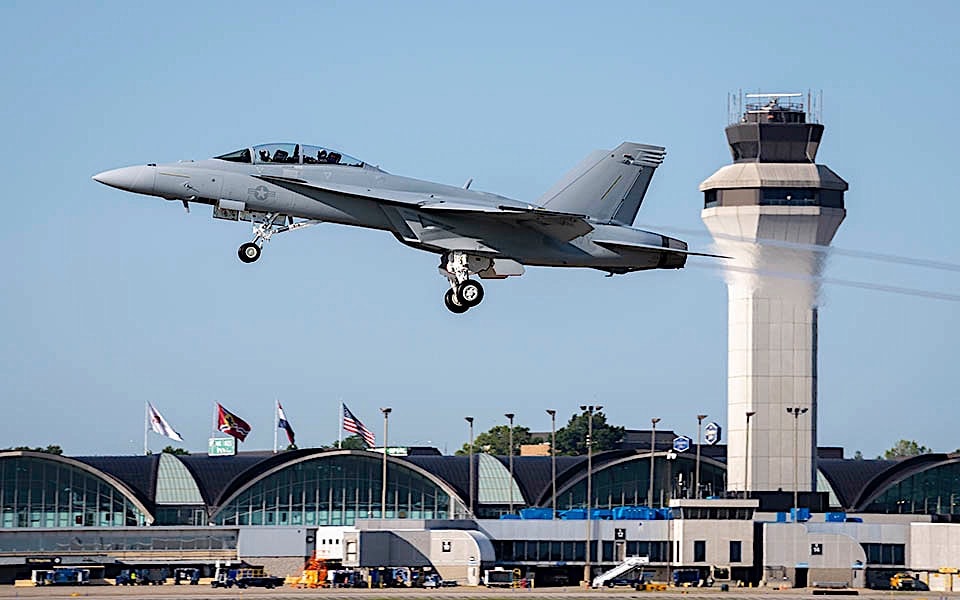While Boeing faces challenges, their work on the US Navy’s F/A-18 Super Hornet continues to thrive.
This aircraft descends from the highly successful F/A-18 Hornet introduced in 1983, and like its offspring, the Super Hornet (1995) and the carrier-launched EA-18G Growler (2006), it has served admirably.
Modernization efforts ensure the Super Hornet remains relevant. The Block II variant, operational since 2001, boasts an AESA radar, extended range, and improved avionics.

With the Block II deliveries complete in 2020, Boeing sets its sights on the Block III, promising a more advanced cockpit, reduced radar signature, superior networking, and increased computing power to keep the Super Hornet soaring for years to come.
First introduced in 2020, these upgraded jets boast improved avionics and processing power for enhanced combat capability.
While new Block IIIs are being built, Boeing is also offering upgrade packages to extend the life of existing Super Hornets.
These enhancements will keep the Super Hornet relevant until its production ends in 2027, despite the arrival of newer aircraft.
The Super Hornet will also receive new weaponry, including the long-range StormBreaker bomb and an upgraded electronic warfare system.

